Halus’ Efforts to Reduce Carbon Footprints
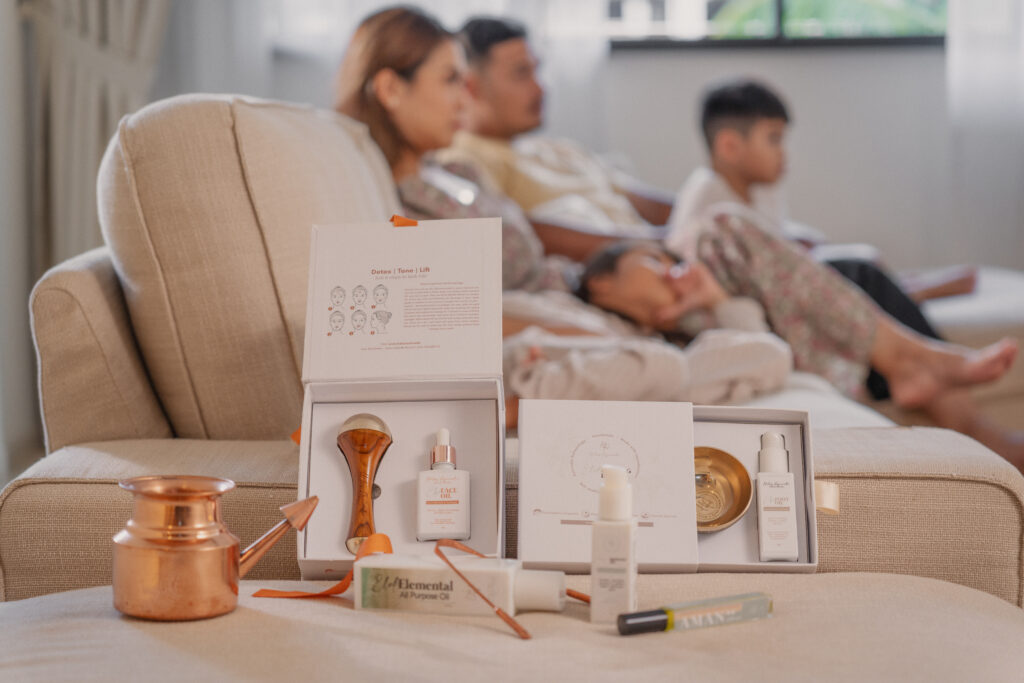
In the early days of creating Halus, we envisioned the brand to be eco-conscious. It is not easy for a self- funded-boot-strapped company to achieve the goal to be 100% eco-friendly.
Despite being new to the scene, we are committed to do our part in reducing carbon footprint .
Our commitments and efforts to be environmental-friendly are:
- Use 100% pure botanical and herbal ingredients sourced from organic and small farm.
- Small-batch production to reduce waste. Handmade by talented artisanal crafters from India, Indonesia and Singapore (eg. Copper Tongue Scraper and Ayurveda Tools, Herbal Oil Crafting).
- Majority of our products are packaged in glass containers with the potential and possibilities to allow us to upcycle.
- PET bottle is also used because it can be easily recycled.
- Plantable seed paper for ‘Thank You’ cards.
- We opted for biodegradable plastic bags as our shopping bag and encouraged customers to BYOB.
While we’re currently unable to offer a formal recycling and refill program for our customers due to our size, we’re dedicated to finding innovative solutions. Instead, we’re excited to share creative ideas on how to repurpose and upcycle our skincare bottles.
Reuse-Recycle-Upcycle Ideas
Step 1: Remove sticker labels, dismantle and remove all parts (roller ball cap, cap, tube etc.). Thoroughly wash and scrub bottles and parts clean with pure castile soap. Place them in boiling water to sterilize further. Wipe clean and allow it to dry completely until no residue or droplets of moisture can be spotted. This is to avoid bacteria from building up.
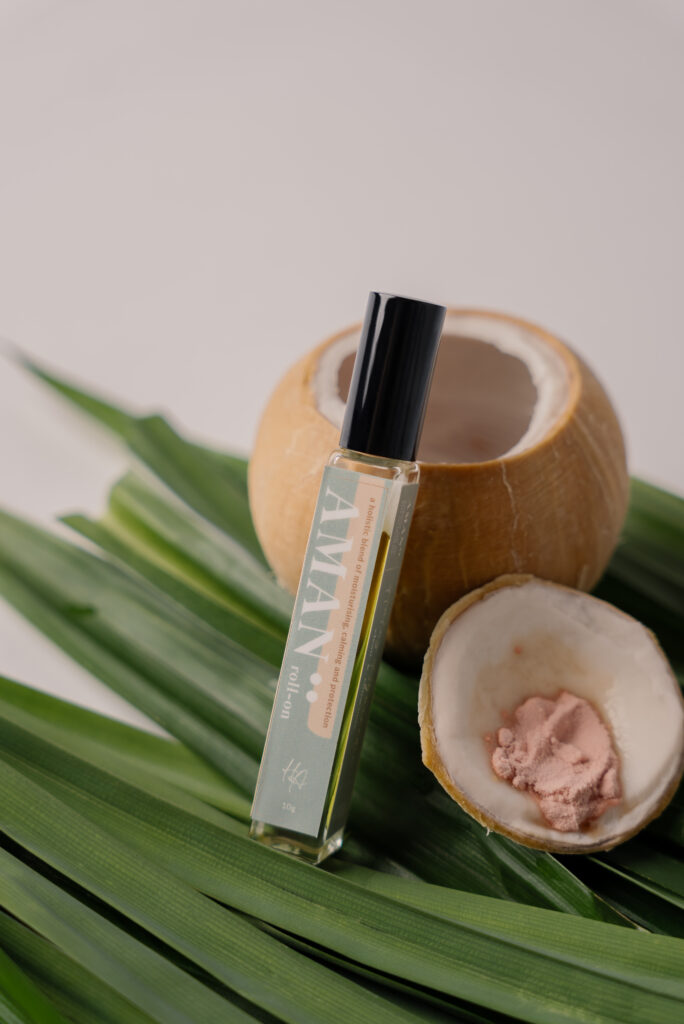
10g Roller Glass Bottle – Make your own Fresh Floral Perfume Oil
Pour and fill up the bottle with Jojoba Oil to ¾. Add organic essential oils: 2 drops of Ylang Ylang, 2 drops Bergamot, 2 drops Lavender. If there is still space to pour some jojoba oil, do add more. Secure it with the roller cap, press tight. Test the bottle for leak by turning it upside down.
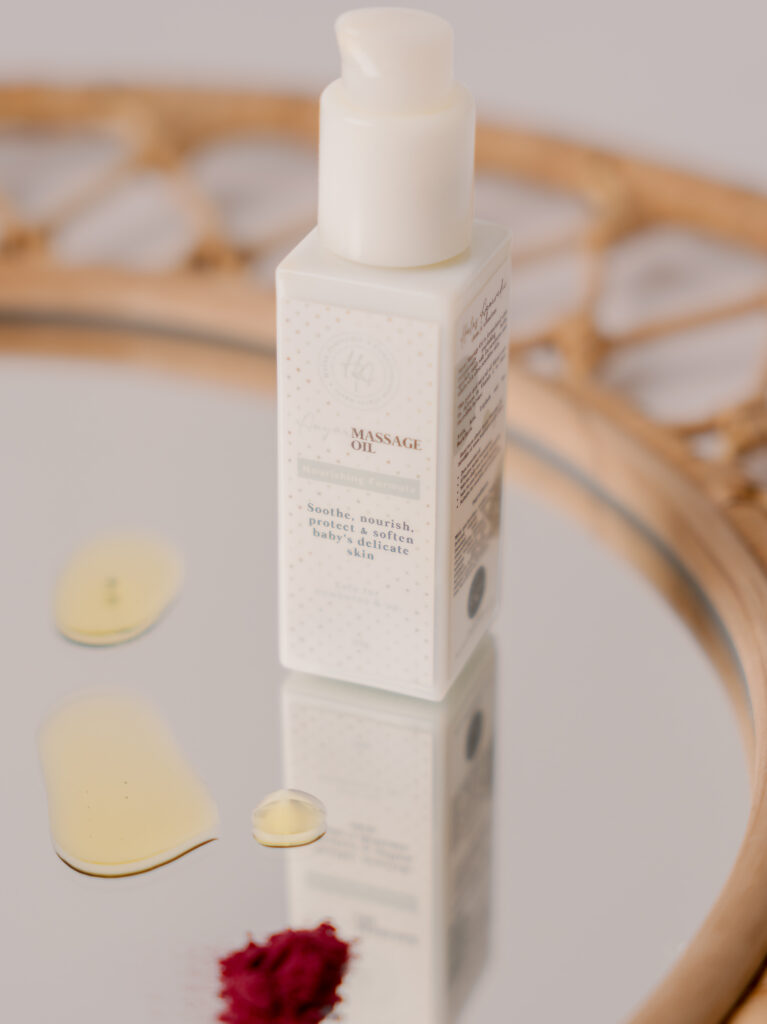
30g Pump Bottle – Travel Sized Toiletries
Use for travel by decanting each product (shampoo, body wash) into the empty 30g Pump Bottle. 30g is normally the permitted hand-carry items on the plane. Be sure to check the rules and regulations first each time you pack for your travels.
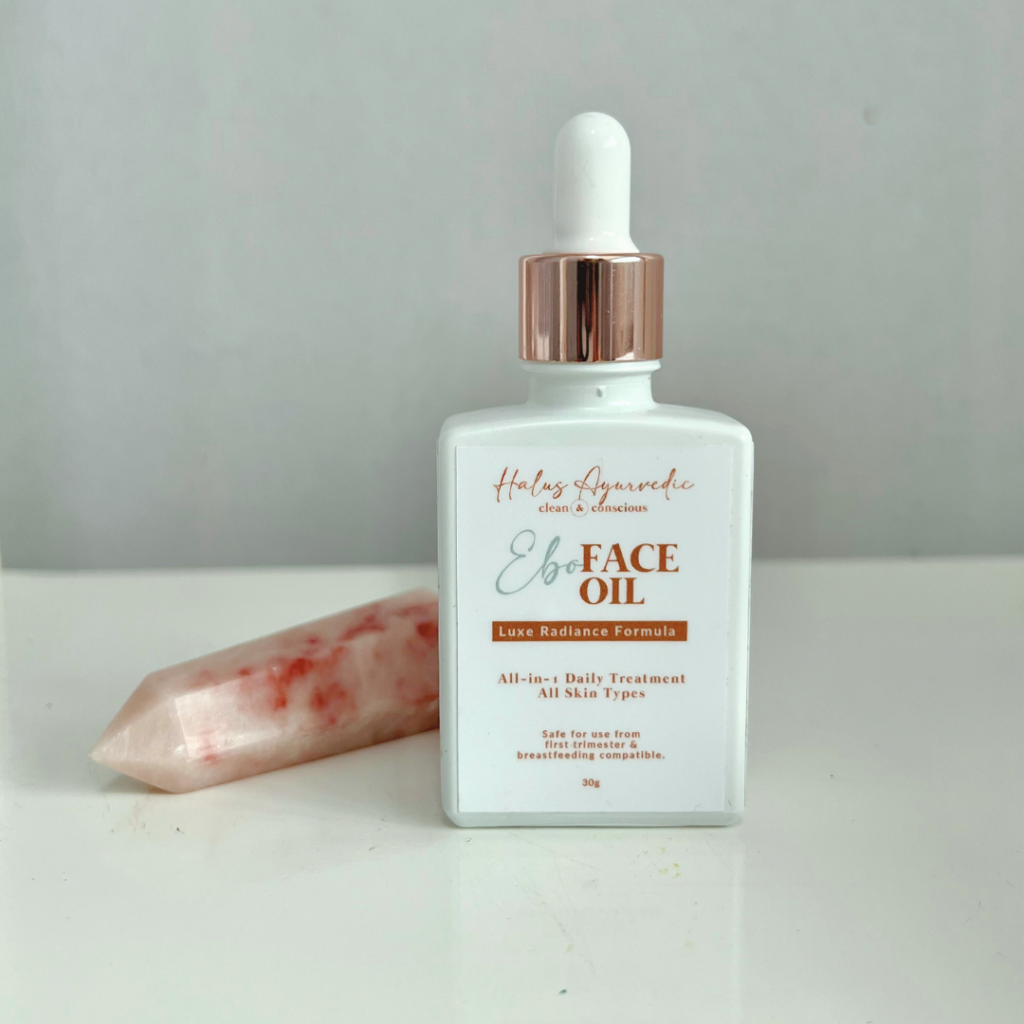
30g Glass Dropper Bottle – Hair & Eyebrows Growth Serum Oil
20g cold-pressed olive oil, 10g cold-pressed castor oil and 5 drops organic rosemary essential oil. Pour everything into bottle, close the lid tight and shake the bottle.
- Apply oil on scalp and massage it gently daily to promote hair growth.
- Use it as hair serum by applying some oil on hair ends.
- Apply 1 drop on each eyebrow twice daily to boost thickness.
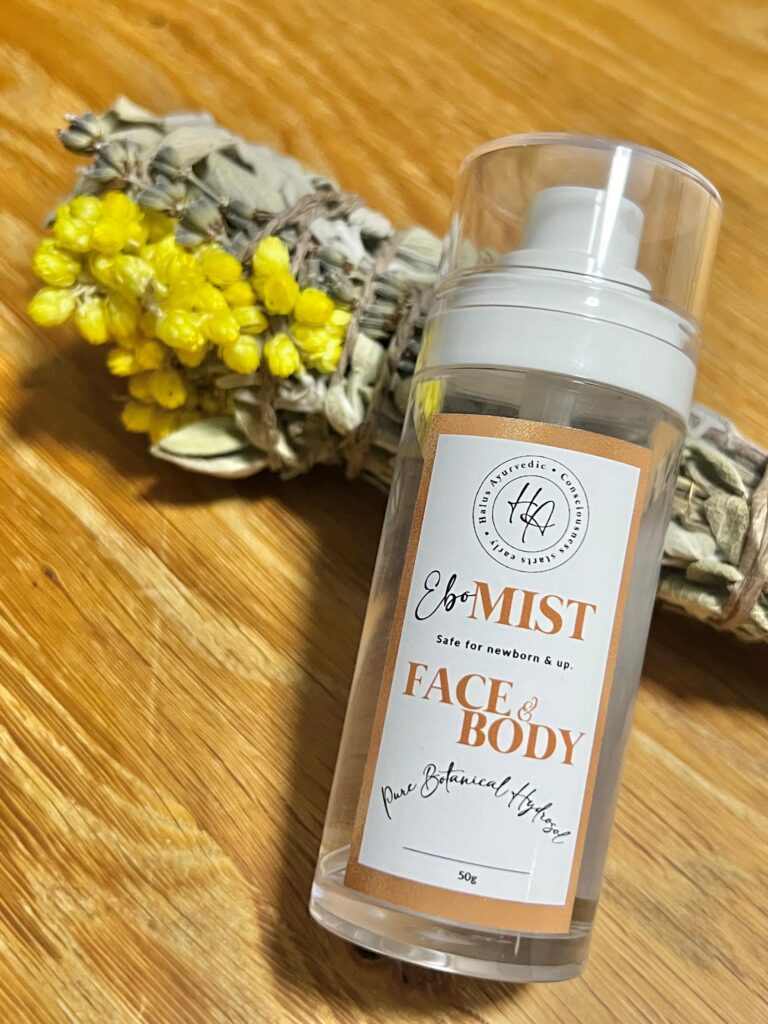
50g PET Spray Bottle – DIY Zero Alcohol Hand Sanitizer
- 40g Witch Hazel Extract
- 10g Distilled Water
- 1 tsp Olive Oil
- 3 drops organic eucalyptus essential oil
- 3 drops organic tea tree essential oil
- 3 drops organic lemon essential oil. Pour everything into bottle, close the lid tight and shake the bottle.
Spray on hands or surface to clean and disinfect. Alternatively, you can transform this PET bottle to be a new home for your micro-plants and herbs.
GLASS Bottles are they eco-friendly?
The truth is, making glass requires a hefty amount of sand, which isn’t environmentally friendly. When we extract sand faster than the Earth can naturally replenish it, it poses a problem. Producing and transporting glass also demands a lot of energy and resources, plus extra packaging like bubble wrap due to its weight.
However, glass bottles are preferred over plastics because we can wash and reuse glass bottles countless times until they break. When they break, they do not release harmful chemicals like plastic. Therefore, this is considered gentler and kinder to human beings, plants and animals. It is important to note that glass is not biodegradable.
Glass vs. Plastic as skincare packaging? Why Halus chose Glass?
- Plastics have come under fire for containing known endocrine disruptors, most specifically in plastic beverage bottles and containers. Red-flagged endocrine disruptors commonly found in plastics include bisphenol-A (commonly called BPA), phthalates, and flexible vinyl. Specifically, when found in plastic, these endocrine disruptors can leach out of the plastic bottle or container. If you’ve ever heard the advice not to drink out of a plastic water bottle that’s been sitting in a hot car or microwave your leftovers in a plastic container, this is why.”
The ideal skincare packaging : PCR (Post-consumer recycled plastic), aluminum.
At the moment, Halus doesn’t have the financial means to invest in the most optimal eco-friendly packaging. However, we prioritize glass due to its minimal chemical content, ensuring the safety of our endocrine system. Unlike single-use items, glass maintains its purity and quality over time, allowing for multiple reuses and easy recycling.
Let’s talk about PET Plastic Bottle!
We have learned that to be fully environmentally friendly for our packaging can be quite challenging at this stage of our business. We then explored PET Plastic Bottle for our Ebo Mist.
PET, short for Polyethylene terephthalate, is a thermoplastic polymer resin made from ethylene glycol and terephthalic acid. The material is transparent, versatile, strong, and durable. Thanks to its thermoplastic nature, it can be melted and reshaped many times, benefiting the recycling process. The plastic tolerates different acids, oils, and facts; thus, it’s ideal for options for food and beverage containers. They are not biodegradable, but can be recycled easily and fracture-proof. It is light in weight and making it cost less to transport.
Though PET is not considered eco-friendly plastic, recycling is the only way to reduce the production of new PET products. The material is 100% recyclable and also the most commonly and widely recycled plastic in the world.
For example, the after-use bottles are categorized and transformed into different end-products, such as food containers, drinking bottles, car components, carpeting, and fiber. The transforming process includes sorting, melting, and forming into beads or pellets for reusing. This way, PET can be recycled multiple times.
Our decision to choose the brand’s packaging materials are based on three matters:
- Material impact on health and well-being.
- Bottles which contain low harmful chemicals.
- Not a “single-use” item and can be recycled and upcycled many times
Amidst the ongoing debate over glass versus plastic, let’s not lose sight of the bigger picture: our commitment to living eco-consciously. It’s easy to feel overwhelmed by the magnitude of environmental issues, but even the smallest actions, when done consistently, can spark meaningful change over time.
Share your journey with us on Instagram @halusayurvedic, as we inspire and empower each other to make a difference. Every action counts in our collective journey toward a greener, more sustainable future.
Sources:
- https://europlas.com.vn/en-US/blog-1/is-pet-plastic-biodegradable#:~:text=Since%20PET%20can’t%20meet,chemicals%20used%20in%20the%20material
- https://www.shape.com/skincare-packaging-hormones-sustainability-7488475
- https://smoothedge.co.uk/blogs/news/why-do-so-many-glass-bottles-and-jars-end-up-in-landfills-instead-of-being-recycled
- https://naturaty.com/magazine/plastic-or-glass-which-is-better-for-the-environment/

